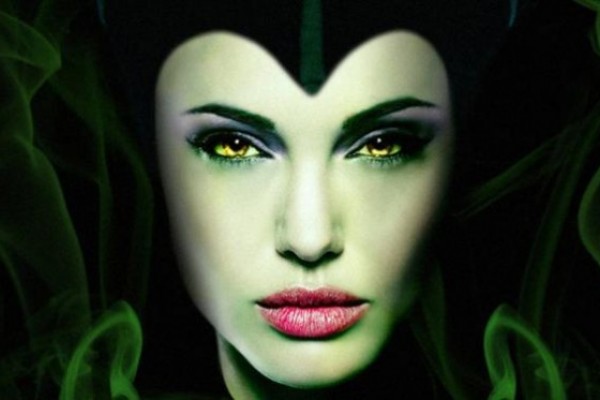Most people have seen the Disney movie Sleeping Beauty or at least know the story of the beautiful Princess Aurora. In the classic fairy tale, a king and queen are blessed with a baby girl and the whole kingdom rejoices. Three good fairies come to present a gift to the little princess.
But an uninvited guest appears: Maleficent, the evil, wingless fairy whose head sports twisted horns. Maleficent places a curse upon Aurora, saying that when the sun sets on her sixteenth birthday she would prick her finger on the spindle of a spinning wheel and die.
Of course, one of the good fairies changed the spell so the princess would fall asleep instead, to be awakened only by true love’s kiss. How original, Disney.
But the animated film leaves out a lot of detail and prompts many questions: Why Maleficent would place such a terrible curse on an innocent baby? What’s with her pet raven that seems to be as evil as its master? Why doesn’t the evil fairy have wings? Well Disney’s new live-action film Maleficent fills in the blanks left by the animated Sleeping Beauty.
Maleficent begins long before the Princess Aurora was born. In an enchanted forest inhabited and protected by magic creatures, Maleficent (whose adult character is played by Angelia Jolie, by Ella Purnell as a teen, and Isobelle Molloy as a child) was just like any other fairy. (she even had wings.) The only noticable difference was her size; she was far bigger than the others.
One day, young Maleficent met a human boy who had snuck into her domain. His name was Stefan (portrayed by Sharlto Copley as an adult, Jackson Brews as a teen, and Michael Higgins as a child). The two became fast friends and soon Stefan visited Maleficent nearly every day. But when Stefan’s ambition draws him away, Maleficent must rise to become protector of the enchanted land.
Stefan sees his chance to gain power and is willing to betray his best friend to achieve it. The old king of the human kingdom decrees that whoever can kill Maleficent will be his successor. Stefan tricks Maleficent into trusting him again and as she sleeps he seizes his opportunity and the human throne. But he could not bring himself to kill his childhood friend, so he does something nearly as terrible.
Enraged and grounded, Maleficent is consumed by hatred. Enlisting the aid of Diaval (Sam Riley) the raven, the fairy learns that Stefan betrayed her to become king. Hearing of the birth of his daughter (Elle Fanning), the scorned woman decides to pay her old friend a visit, and to take her revenge.
Maleficent curses Aurora saying, “Before the sun sets on her sixteenth birthday, she will fall into a sleep like death!” Glaring at the king, Maleficent adds that the princess can only be woken from her death-sleep by true love’s kiss. This is a backhanded blow at Stefan, as he had once told the fairy of his true love for her.
Earning four “wings” out of five, Maleficent ranks well in most areas.
The acting is good, although the story is a little slow and random at times. The costume, make-up, and hair design is beautifully done. Cast choices worked out well. Jolie holds her head high while wearing razor-sharp prosthetic cheekbones that could be considered weapons and several sets of horns throughout the film.
Copley gives King Stefan a dark side and a touch of insanity. Fanning brings the beautiful and naîve Princess Aurora to life and fills the character with the perfect amount of childish innocence. Brenton Thwaites, who plays Prince Phillip, fills his role as Prince Charming well, showing up when the plot needs him and serving as a love interest for Aurora.
Sponsored by the Campus Activities Board, Maleficent will be showing in the Wallenberg Auditorium in Nobel Hall at 7 p.m. and 10 p.m. on Friday, September 19 and Saturday, September 20 and on Sunday, September at 2 p.m.
Filled with magic, betrayal, revenge, green fire, a dragon, hatred, and love, Maleficent gives new life to the classic tale. The film tells viewers that a story needs both a great hero, a terrible hero to bring about the happy ending, and sometimes they are the same character.
It also shows audiences that princesses don’t always need a prince in shining armor to rescue them, sometimes what they need is none other than a fairy godmother with a score to settle.
-Kim Krulish

